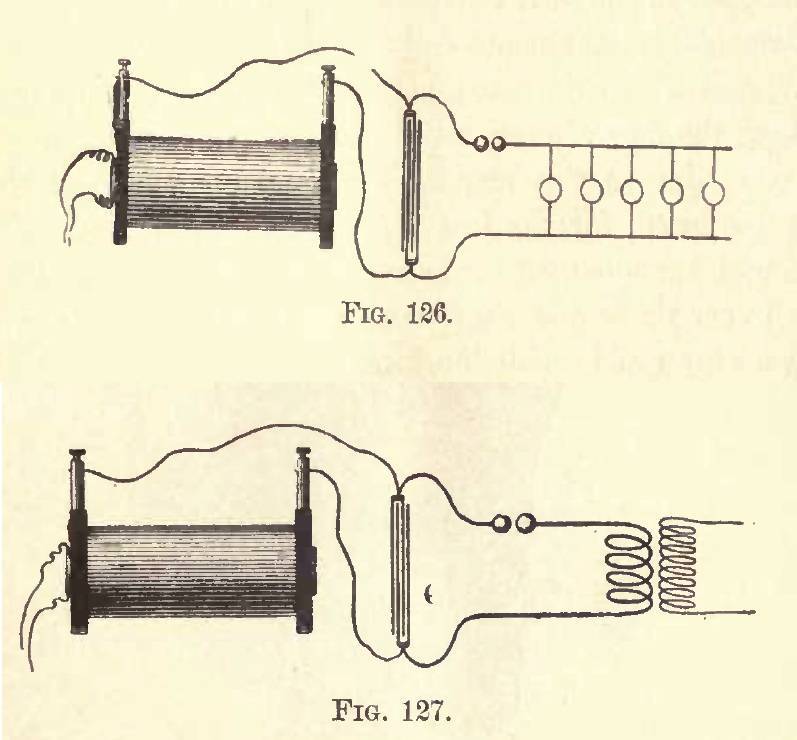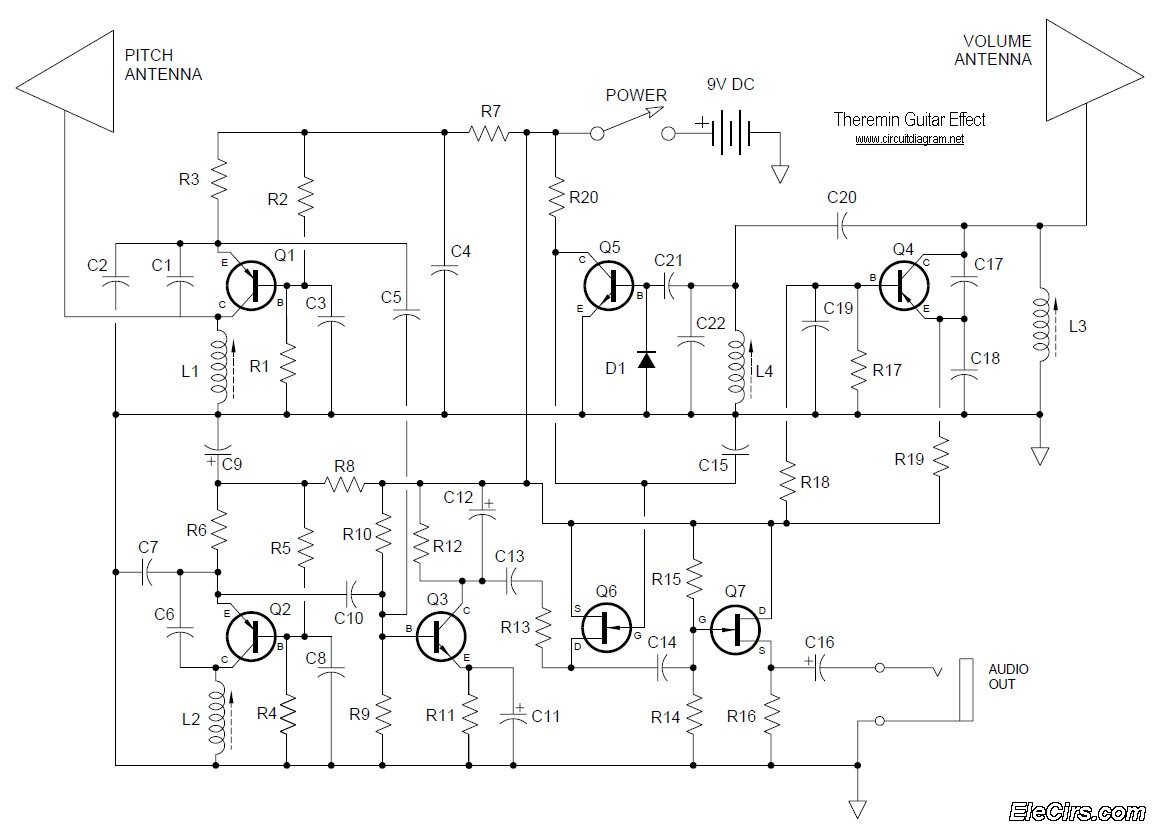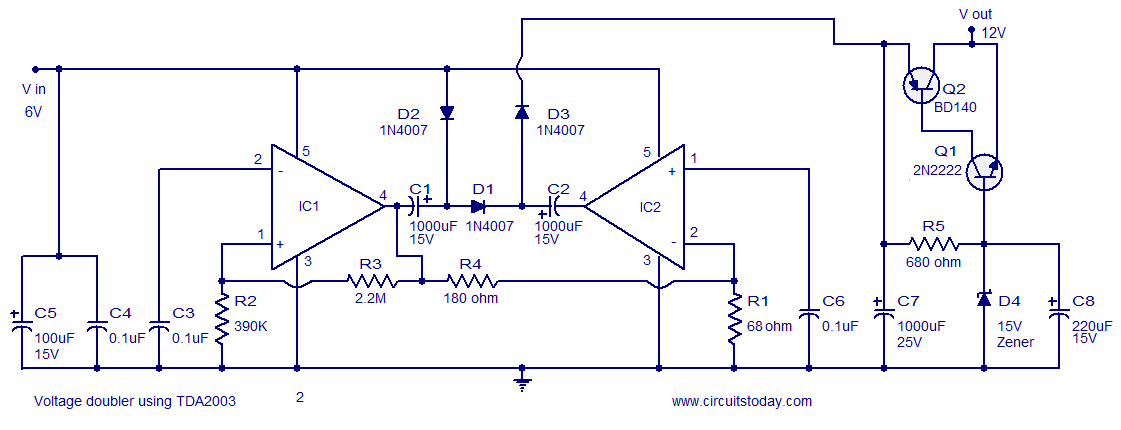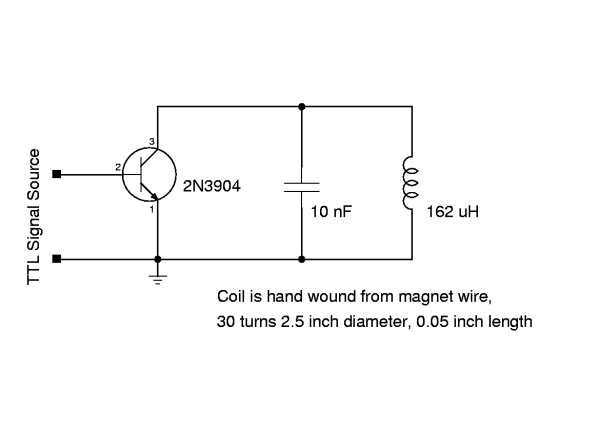
2003 Ford: Crown Vic Acceleration (hot) sometimes instrument cluster
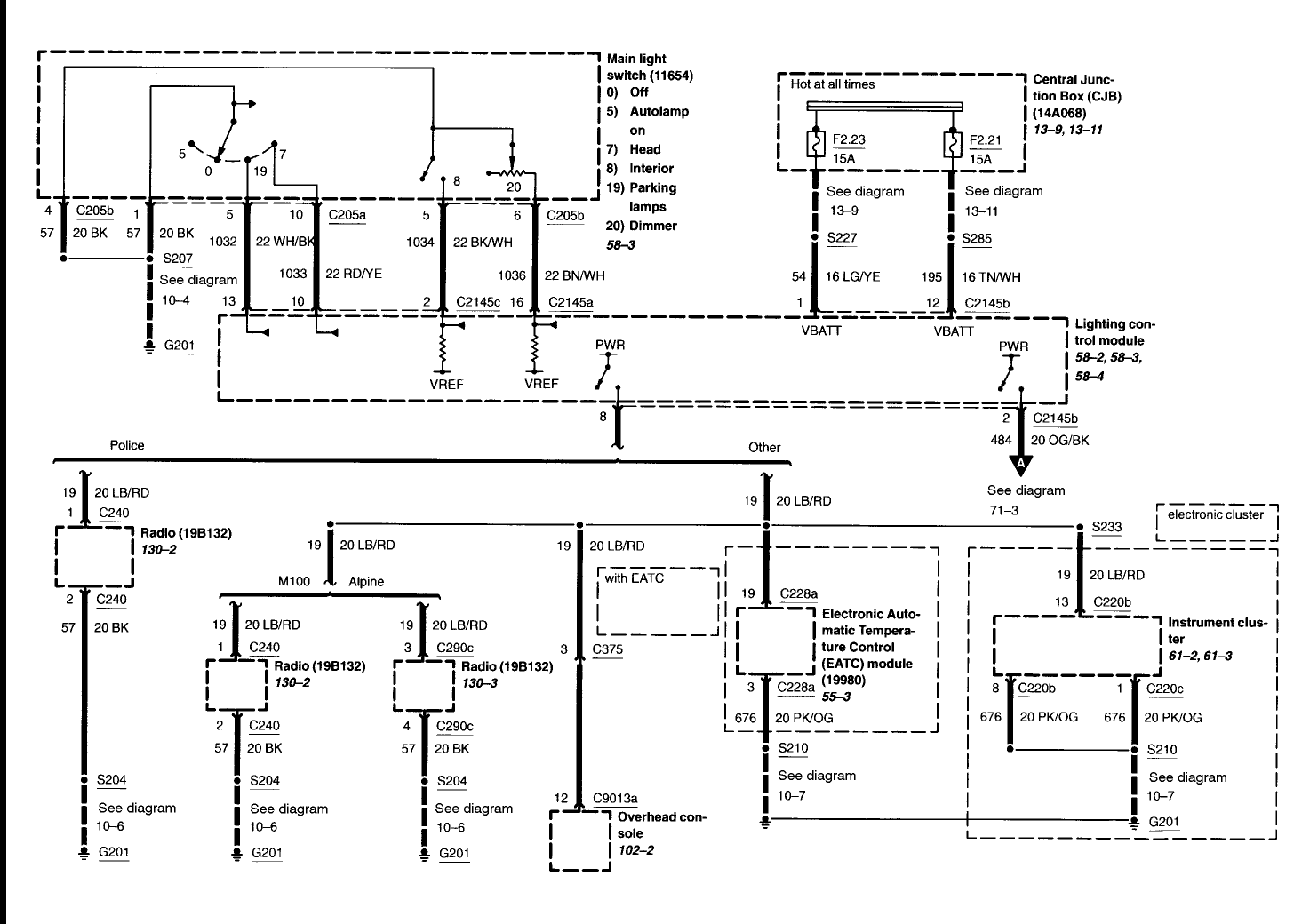
A 2003 Ford Crown Victoria (Police model) is experiencing three primary issues. First, during acceleration when hot, the instrument cluster's backlighting intermittently turns off and on. Second, while accelerating under similar conditions, a clicking relay can be heard beneath the left side of the dashboard, and the entire dashboard's backlighting also flickers. Additionally, there is a noticeable hesitation and misfire in cylinder #3 under load, despite having new coil-on-plug (COP) and spark plug installations.
Further details indicate that the dashboard illumination completely turns off for about one second during wide open throttle (WOT) acceleration from a stop. This is accompanied by a clicking sound from the left side of the dashboard, suggesting a momentary loss of power to the ignition switch. The symptoms observed during WOT may point to a wiring or connection issue affected by engine torque. An inspection of the engine compartment for connection problems is recommended, including checking battery cables, harness plugs, and various wiring connections while the engine is running to attempt to replicate the issue. It has been noted that only the dashboard lights momentarily blink off, without any movement of the gauge needles, which may not indicate a fault with the ignition switch. Attempts to wiggle all harnesses in the engine compartment have not yielded any results.
In addressing the electrical issues within the 2003 Ford Crown Victoria, a systematic approach to troubleshooting is essential. The first step involves inspecting the wiring harnesses and connectors, particularly those associated with the instrument cluster and ignition system. Given the symptoms of intermittent backlighting and the clicking relay, it is crucial to check for any loose connections or damaged wires that may be affected by engine vibrations or torque during acceleration.
The relay clicking sound could indicate a failing component or a poor connection that momentarily interrupts power to the dashboard. Utilizing a multimeter to measure voltage at the instrument cluster during the occurrence of the issue can help identify any voltage drops or interruptions.
Furthermore, the misfire in cylinder #3 should be investigated through a thorough examination of the ignition system, including the new COP and spark plug, ensuring they are installed correctly and functioning as intended. It may be beneficial to perform a compression test on cylinder #3 to rule out mechanical issues.
Overall, a comprehensive diagnostic approach that encompasses both electrical and mechanical inspections will be necessary to resolve the issues effectively. This may involve utilizing diagnostic tools such as an OBD-II scanner to check for any stored trouble codes that could provide additional insights into the vehicle's performance problems.Have a 2003 Ford Crown Vic (Police), Have 3 problems First on Acceleration (hot) sometimes instrument cluster only has it`s back lighting go off and on. Second on Acceleration (hot) sometimes you hear a relay under left side of dash click and all back lighting in the complete dash goes off and on.
Sometimes when hot has a bad hesitation, has misfire in #3 sometimes under load (new cop & plug) All this from another Shop! Reply to Fordster`s Post: Have 2003 Ford Crown Vic, (police model)Problem sometimes only when hot upon WOT away from a stop that the complete dash illumination will turn totally off for about one second (cluster, heating&ac, sometimes you can hear a click under left side of dash when this happens. That would indicate a momentary total lost of power to the ignition switch. The symptom of wide open throttle would tend to make you look for a wire or connection that is being effected by the torque of the engine.
I would look under the hood for a connection problem. Pull on some of the battery cables, harness plugs and various wiring connections and plugs with the engine running to see if you can duplicate the problem. Reply to Fordster`s Post: Only the dash lights blink out in the dash. (gauge needles don`t move when dash lights blink off and on) this would not indicate ignition switch.
pulled-wiggled all harnesses in the engine compartment with no effect Ask-a-doc Web sites: If you`ve got a quick question, you can try to get an answer from sites that say they have various specialists on hand to give quick answers. Justanswer. com. Traffic on JustAnswer rose 14 percent. and had nearly 400, 000 page views in 30 days. inquiries related to stress, high blood pressure, drinking and heart pain jumped 33 percent. 🔗 External reference
Further details indicate that the dashboard illumination completely turns off for about one second during wide open throttle (WOT) acceleration from a stop. This is accompanied by a clicking sound from the left side of the dashboard, suggesting a momentary loss of power to the ignition switch. The symptoms observed during WOT may point to a wiring or connection issue affected by engine torque. An inspection of the engine compartment for connection problems is recommended, including checking battery cables, harness plugs, and various wiring connections while the engine is running to attempt to replicate the issue. It has been noted that only the dashboard lights momentarily blink off, without any movement of the gauge needles, which may not indicate a fault with the ignition switch. Attempts to wiggle all harnesses in the engine compartment have not yielded any results.
In addressing the electrical issues within the 2003 Ford Crown Victoria, a systematic approach to troubleshooting is essential. The first step involves inspecting the wiring harnesses and connectors, particularly those associated with the instrument cluster and ignition system. Given the symptoms of intermittent backlighting and the clicking relay, it is crucial to check for any loose connections or damaged wires that may be affected by engine vibrations or torque during acceleration.
The relay clicking sound could indicate a failing component or a poor connection that momentarily interrupts power to the dashboard. Utilizing a multimeter to measure voltage at the instrument cluster during the occurrence of the issue can help identify any voltage drops or interruptions.
Furthermore, the misfire in cylinder #3 should be investigated through a thorough examination of the ignition system, including the new COP and spark plug, ensuring they are installed correctly and functioning as intended. It may be beneficial to perform a compression test on cylinder #3 to rule out mechanical issues.
Overall, a comprehensive diagnostic approach that encompasses both electrical and mechanical inspections will be necessary to resolve the issues effectively. This may involve utilizing diagnostic tools such as an OBD-II scanner to check for any stored trouble codes that could provide additional insights into the vehicle's performance problems.Have a 2003 Ford Crown Vic (Police), Have 3 problems First on Acceleration (hot) sometimes instrument cluster only has it`s back lighting go off and on. Second on Acceleration (hot) sometimes you hear a relay under left side of dash click and all back lighting in the complete dash goes off and on.
Sometimes when hot has a bad hesitation, has misfire in #3 sometimes under load (new cop & plug) All this from another Shop! Reply to Fordster`s Post: Have 2003 Ford Crown Vic, (police model)Problem sometimes only when hot upon WOT away from a stop that the complete dash illumination will turn totally off for about one second (cluster, heating&ac, sometimes you can hear a click under left side of dash when this happens. That would indicate a momentary total lost of power to the ignition switch. The symptom of wide open throttle would tend to make you look for a wire or connection that is being effected by the torque of the engine.
I would look under the hood for a connection problem. Pull on some of the battery cables, harness plugs and various wiring connections and plugs with the engine running to see if you can duplicate the problem. Reply to Fordster`s Post: Only the dash lights blink out in the dash. (gauge needles don`t move when dash lights blink off and on) this would not indicate ignition switch.
pulled-wiggled all harnesses in the engine compartment with no effect Ask-a-doc Web sites: If you`ve got a quick question, you can try to get an answer from sites that say they have various specialists on hand to give quick answers. Justanswer. com. Traffic on JustAnswer rose 14 percent. and had nearly 400, 000 page views in 30 days. inquiries related to stress, high blood pressure, drinking and heart pain jumped 33 percent. 🔗 External reference

